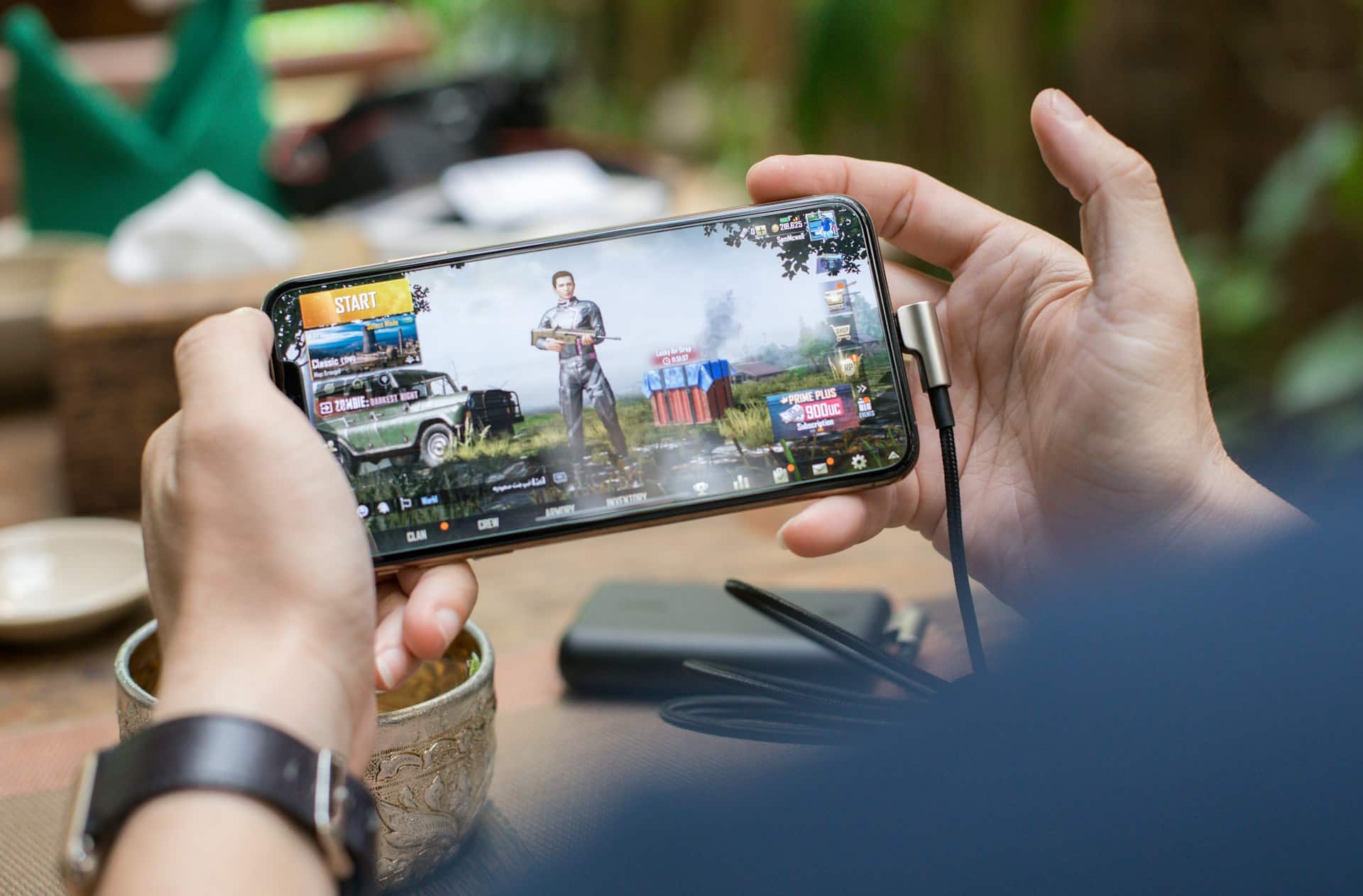Quality assurance (QA) is a critical component in the development of mobile games, ensuring that the final product is both functional and enjoyable for users. A comprehensive test plan outlines the strategies, resources, and processes necessary to identify and fix issues before the game reaches players. This article provides an in-depth look at creating an effective test plan for mobile game QA.
IMAGE: UNSPLASH
1. Introduction
Mobile games have become a major segment of the gaming industry, with millions of players worldwide. Given the vast range of devices, operating systems, and network conditions, QA for mobile games is particularly challenging. A structured test plan is essential to manage these complexities and deliver a high-quality product.
2. Objectives
The primary objective of the test plan is to ensure that the mobile game meets all specified requirements and provides a seamless experience across different devices and conditions. Specific goals include:
- Identifying and fixing functional bugs
- Ensuring compatibility with various devices and operating systems
- Assessing performance under different conditions
- Verifying user interface and experience
- Ensuring security and data privacy
3. Scope
3.1 In-Scope
- Functional Testing: Validating game mechanics, features, and functionality.
- Compatibility Testing: Ensuring the game runs smoothly on different devices, screen sizes, and operating systems (iOS, Android).
- Performance Testing: Assessing how the game performs under various conditions such as low battery, different network speeds, and extended playtime.
- Usability Testing: Evaluating the user interface (UI) and user experience (UX) to ensure the game is intuitive and engaging.
- Security Testing: Identifying vulnerabilities to protect user data and prevent cheating or hacking.
3.2 Out-Of-Scope
- Testing on deprecated or extremely rare devices
- Non-functional requirements not specified in the game design document
4. Test Strategy
4.1 Testing Types
- Manual Testing: Exploratory and scripted testing to uncover issues that automated tests might miss.
- Automated Testing: Regression tests and repetitive tasks automated to increase efficiency and coverage.
- Beta Testing: Involving real users to gather feedback on game playability and identify issues in real-world conditions.
4.2 Testing Phases
- Alpha Phase: Internal testing focusing on core functionality and major bugs.
- Beta Phase: Limited release to external testers for real-world feedback and identifying less obvious issues.
- Release Candidate Phase: Final testing to ensure the game is ready for launch.
5. Test Environment
5.1 Devices And Operating Systems
Testing should cover a representative sample of devices and operating systems, including:
- Popular iOS and Android devices with various screen sizes and resolutions.
- Different versions of iOS and Android to ensure backward compatibility.
5.2 Network Conditions
Testing under various network conditions such as 4G, 5G, Wi-Fi, and offline modes to ensure optimal performance and functionality.
5.3 Tools And Software
- Bug Tracking: Tools like Jira or Trello to manage and track issues.
- Automation Tools: Selenium, Appium, or custom scripts for automated tests.
- Performance Monitoring: Tools like Firebase, New Relic, or GameBench for tracking performance metrics.
6. Test Cases
6.1 Functional Test Cases
- Game Mechanics: Ensure all game mechanics work as intended (e.g., movement, combat, level progression).
- Features: Verify all features (e.g., in-app purchases, social sharing) function correctly.
6.2 Compatibility Test Cases
- Device Compatibility: Test on various devices to ensure the game runs smoothly.
- Operating System Compatibility: Verify functionality across different OS versions.
6.3 Performance Test Cases
- Load Testing: Assess how the game handles multiple concurrent users.
- Stress Testing: Determine how the game performs under extreme conditions (e.g., low battery, poor network).
6.4 Usability Test Cases
- UI/UX Evaluation: Ensure the interface is intuitive and user-friendly.
- User Feedback: Gather feedback from beta testers to identify areas for improvement.
6.5 Security Test Cases
- Data Protection: Ensure user data is securely stored and transmitted.
- Cheat Prevention: Identify and mitigate vulnerabilities that could be exploited for cheating.
7. Test Execution
7.1 Test Cycle
- Preparation: Set up the test environment and devices.
- Execution: Run test cases and document results.
- Review: Analyze test results and identify issues.
- Retesting: Verify fixes and ensure no new issues have been introduced.
7.2 Reporting
- Daily Reports: Provide daily updates on testing progress and issues identified.
- Final Report: Summarize the overall testing process, major issues found, and their resolution status.
8. Risk Management
8.1 Potential Risks
- Device Fragmentation: Difficulty in covering all device and OS combinations.
- Resource Constraints: Limited time and resources for thorough testing.
- Unexpected Bugs: New bugs emerging late in the testing phase.
8.2 Mitigation Strategies
- Prioritization: Focus on the most popular devices and critical functionality.
- Incremental Testing: Regularly integrate and test new features to catch issues early.
- Buffer Time: Allocate extra time for unexpected issues and retesting.
9. Mobile Game Quality – Conclusion
A well-structured test plan is crucial for ensuring the quality of a android game testing services. By clearly defining objectives, scope, strategies, and test cases, developers can systematically identify and address issues, delivering a polished and enjoyable gaming experience.
Regular communication and thorough documentation throughout the testing process further enhance the effectiveness of QA efforts, leading to successful game launches and satisfied players.
IMAGE: UNSPLASH
If you are interested in even more technology-related articles and information from us here at Bit Rebels, then we have a lot to choose from.


COMMENTS